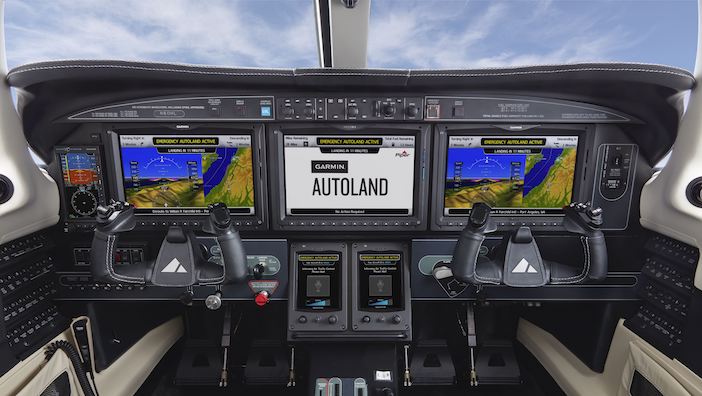
The Future of Autonomous Flight Technology
Autonomous flight technology is revolutionizing the aviation industry, promising to enhance safety, efficiency, and convenience. This cutting-edge technology leverages advanced algorithms, artificial intelligence (AI), and machine learning to enable aircraft to operate with minimal or no human intervention. Let’s explore the key aspects and potential of autonomous flight technology.
The Evolution of Autonomous Flight
The journey towards autonomous flight began with the development of autopilot systems, which have been used in commercial aviation for decades. These systems can handle routine tasks such as maintaining altitude,speed, and heading, allowing pilots to focus on more critical aspects of flight. However, the latest advancements in AI and machine learning are pushing the boundaries of what autonomous systems can achieve.
Key Components of Autonomous Flight Technology
- Advanced Sensors and Cameras: Autonomous aircraft are equipped with a suite of sensors, including radar, lidar, and computer vision cameras. These sensors provide real-time data about the aircraft’s surroundings, enabling it to navigate safely and efficiently.
- Artificial Intelligence and Machine Learning: AI algorithms process the data collected by sensors to make real-time decisions. Machine learning allows these systems to improve over time, learning from past experiences to enhance performance and safety.
- Navigation Systems: Autonomous aircraft rely on sophisticated navigation systems that integrate GPS, inertial measurement units (IMUs), and other technologies to determine their precise location and trajectory.
- Communication Systems: Reliable communication systems are essential for autonomous flight. These systems enable the aircraft to communicate with ground control, other aircraft, and air traffic management systems to ensure safe and coordinated operations.
Applications of Autonomous Flight Technology
- Commercial Aviation: Autonomous flight technology has the potential to address pilot shortages and improve operational efficiency in commercial aviation. By automating routine tasks, pilots can focus on more complex and critical aspects of flight, enhancing overall safety.
- Urban Air Mobility (UAM): Autonomous flight technology is a key enabler of urban air mobility solutions, such as air taxis and delivery drones. These systems can navigate complex urban environments, providing efficient and convenient transportation options.
- Military and Defense: Autonomous aircraft are increasingly being used in military applications for surveillance, reconnaissance, and combat missions. These systems can operate in high-risk environments, reducing the need for human intervention.
- Search and Rescue: Autonomous drones equipped with advanced sensors and AI can be deployed for search and rescue missions in challenging terrains and adverse weather conditions. These systems can quickly locate and assist individuals in distress.
Challenges and Future Prospects
Despite the significant advancements, there are still challenges to overcome before fully autonomous flight becomes a reality. These include:
- Regulatory Hurdles: Developing and implementing regulations for autonomous flight is a complex process that requires collaboration between aviation authorities, manufacturers, and operators.
- Safety and Reliability: Ensuring the safety and reliability of autonomous systems is paramount. Rigorous testing and validation are necessary to build trust in these technologies.
- Public Acceptance: Gaining public acceptance for autonomous flight will require addressing concerns about safety, privacy, and security.
The future of autonomous flight technology is promising. As AI and machine learning continue to advance, we can expect to see more sophisticated and capable autonomous systems in the skies. These technologies have the potential to transform the aviation industry, making air travel safer, more efficient, and more accessible.

No comments for “The Future of Autonomous Flight Technology”